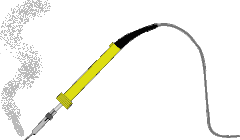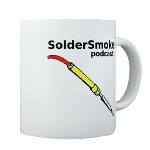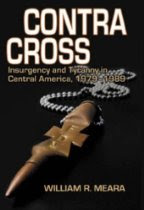https://www.newsvhf.com/conf2024/PresPapers/WA1MBA-IMD_in_Transmitters.pdf
Here is a good (and very recent) article on IMD ("splatter") produced in transmitters. The focus is on VHF, but much of this is relevant to HF operators. I found the footnotes on the ARRL "Clean Signal Initiative" to be worrisome. They seem to just be assuming that all ham operators will be using commercial gear, and the "OEM" needs to be made to meet certain standards. This seems to leave the homebrewer out in the cold. I can see where someday soon, the "standards" will exceed the capability of analog homebrewers. That would be bad.
The role that signal strength plays in the perception of "splatter" is often misunderstood by the "waterfall police." We often we hear some irate waterfall policeman screaming that, "You are 40 over and far too wide." Here is a good quote from the article on this point:
"If you have a calibrated spectrum display (as many SDR’s are these days), you can directly measure the level difference in dB. If it is 30 dB or more, then it could be an acceptably “clean signal”, even if it is bothersome. Most ham voice communication is conducted with less than 30 dB signal/noise, and in that case the unwanted IMD is buried in the noise."
And even in a low noise environment, if the signal is 40 db over S9. that would mean the signal PEP is at -33dbm. If the IMD products are 46 db down from the signal peak, that means your IMD products are -79 dbm. That is S-8! That signal will look quite wide in the waterfall, but it would be within FCC specs, right? The problem here is not so much distortion, as signal strength. And let's remember that "legal limit" is usually a misnomer: FCC regs require hams to use the minimum power necessary, not 1.5 kW on every single QSO.































